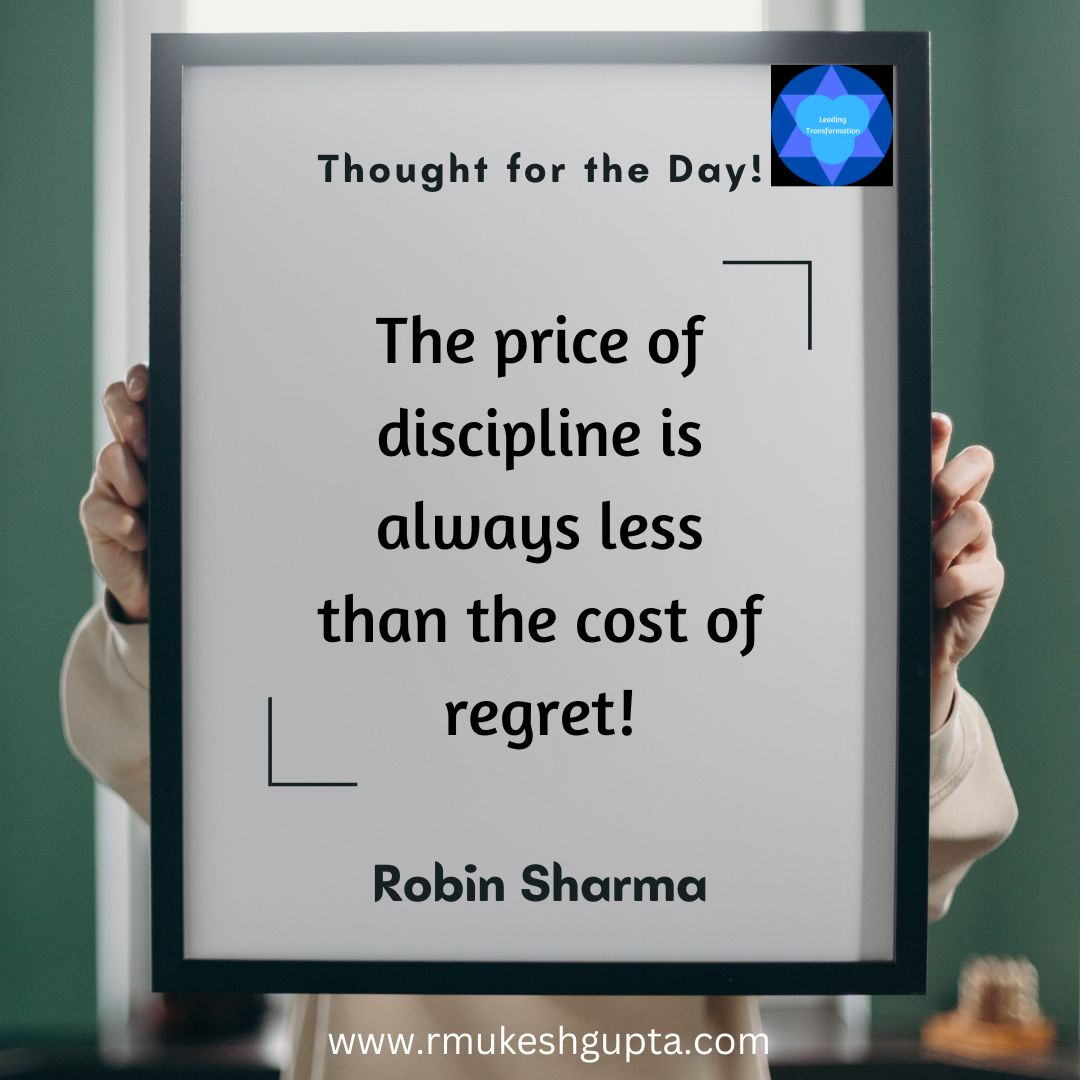Good Design is by Mukesh Gupta
I was reading about design and what design looks and feels like when I stumbled onto the 10 commandments of timeless designs that the legendary designer Dieter Rams had created to critically look at his own designs, early in his career.
When I look at these commandments, I would call them principles of design, I felt that just like the designs that these commandments help become timeless, these commandments themselves are timeless.
So, I wanted to not just share a link to an article or a poster, but actually list down these commandments on my blog so that I can refer back to them on my blog whenever I need them. Also, I have realised that capturing this in the form of a blog allows a much wider set of audience to see and learn from them rather than a FaceBook post or a tweet or a pinterest share.
So, here are the 10 commandments that Dieter had laid down, not necessarily in the same order (words under <paranthesis> are my own additions) and I have tried to couple them in the form/function/meaning frames to make it easy to remember.
Form:
Good design is aesthetic.
The aesthetic quality of a product adds to the usefulness of the product as the products that we use every day affect our person and our well-being. So, as with every other thing in life, we all want products and objects that are aesthetically pleasing.
If we are given a product that had all the other aspects of good design but lacked aesthetics, and another with the same set of features but is aesthetically pleasing, most of us will always pick the one that is aesthetically pleasing over the other.
There is something inherently human making us gravitate towards things that are beautiful.
Good design is unobtrusive.
Good design is when the design doesn’t get in the way of what the product is meant to be used for. Good design is when the user of the product doesn’t even recognise the design elements being presented to him as part of the product.
Good design is environmentally friendly.
Design makes an important contribution to the preservation of the environment. As designers, it is important that we understand that every single element of design that we include in a given product that the product could have done without, we are increasing the usage of our resources. It also helps the products from visual pollution and make the design stand out.
As a matter of fact, design could potentially be the single most important function that can have immense impact on the future state of usage of natural resources. We as designers, need to understand this responsibility and act (design) responsibly.
Good design is as little design as possible.
This follows the “Less is More” maxim that a lot of artists and designers have used for generations now. The very simplicity of the iPod or the iPhone (with just one button on the phone) is what makes them so innovative and easy to use.
The more choices that the users of the product need to make, the more are the chances that they will make a mistake at one of these choices. So, limiting the number of interactions that a user can have with the product at any given stage is probably the best way to minimise confusion and mistakes by the user.
Function:
Good design makes a product understandable.
Design when used well can play the part of the user manual. When I bring home a washing machine which has 20 programs and can be customised in myriad of ways, I need someone to come home, install the machine and explain to me all the features.
In reality, the engineer comes home, installs the machine, explains the most frequently used features and runs away as he is measured on how many installations he does on a given day. This means that I would hardly use any other feature apart from the most commonly used features, which defeats the entire purpose of putting those features in the product in the first place.
Imagine if the washing machine came with just 5 keys. Each clearly indicating what it did (not as a function of the product, but for me as the user) – for cotton clothes, for woollens, for really dirty clothes, for baby clothes and rinse only. These are just some examples, could be different based on the actual needs of the users. I then don’t need anyone to come home to explain to me what the product does and how to use it.
So, if someone has to explain how to use a product, then it’s design isn’t a timeless design.
Good design is long-lasting.
Design that doesn’t follow fads and fashions, sticks to the basics and is as minimal as possible, is timeless as it is as pleasing and useful today as it will be a few years from now. This is also the reason why black and white shirts never go out of fashion and are fail proof when it comes to fashion. So, it is with products. Products that use what is in fashion, can appeal in the near short-term but in the long-term, it looks and feels weird and out-of-place, once the fashion changes.
There is another layer of meaning here. There has been a tendency of product designers to build in product obsolescence within the product itself, so that the user is forced to buy again. However, this is in direct contradiction of the environment friendly maxim laid out earlier. In fact, Dieter Rams, has openly come out and has asked designers to stop doing that.
Good design is innovative.
Any design that leverages the new developments and breaks the barrier in terms of what is possible, while at the same time follows all the other commandments is a good design. Innovative design, when used by and for itself, is not good design.
Meaning:
Good design is honest.
Good design doesn’t promise the user what the product doesn’t do. It stays true to the function of the product and just that, making it simple, minimalistic and timeless.
Good design is thorough down to the last detail.
No part of the design is left to chance or appears by default. The more care taken to ensure that every single element in the design is there by design and intention and serves a purpose for the product or the user of the product. This shows respect towards the user and their time and attention, two of their most important commodities, that once spent, can never be recovered again.
Good Design Makes a Product <More> Useful.
Any design that doesn’t make the product being designed more useful, only comes in the way of the product itself. So, it’s better to only include elements that add to the usefulness of the product and leave everything else out.
These principles are as timeless as the products that are built keeping them in mind.
Conclusion:
In conclusion, I would like to also bring to the attention of the readers, that there are enough studies that have found that creativity flourishes when operated under a set of constraints.
These commandments or principles function as the set of constraints and allow us to tap our most creative self to come up with a design that is timeless and helps the users & creators of the product equally.
If you are a designer, I would recommend that you take a print of the commandments and hang it someplace that you can see all the time, while working on your next product design. That will help you remember the constraints and enable you to come up with a product with timeless design.
A small request:
If you liked what you read/heard, I would request you to head over to my patreon page and become a patron for the blog/podcast. You could do so by contributing anywhere from a single dollar to about 1000 USD depending upon how much you like the blog/show.
Think of it like the following – I will bring thought leaders to your door step and in return all I am asking is for you to spend just enough to get a cup of coffee for the expert that is in your home.
I would like to keep this podcast ad-free and need your support regarding the same. You can also find some very interesting artists whom you can also contribute for.
I myself support James Victore as a patron. If you are an artist yourself, consider becoming a patron for James as well or even set-up your own Patreon Page here.





One thought on “10 Principles of Timeless Design”
Comments are closed.